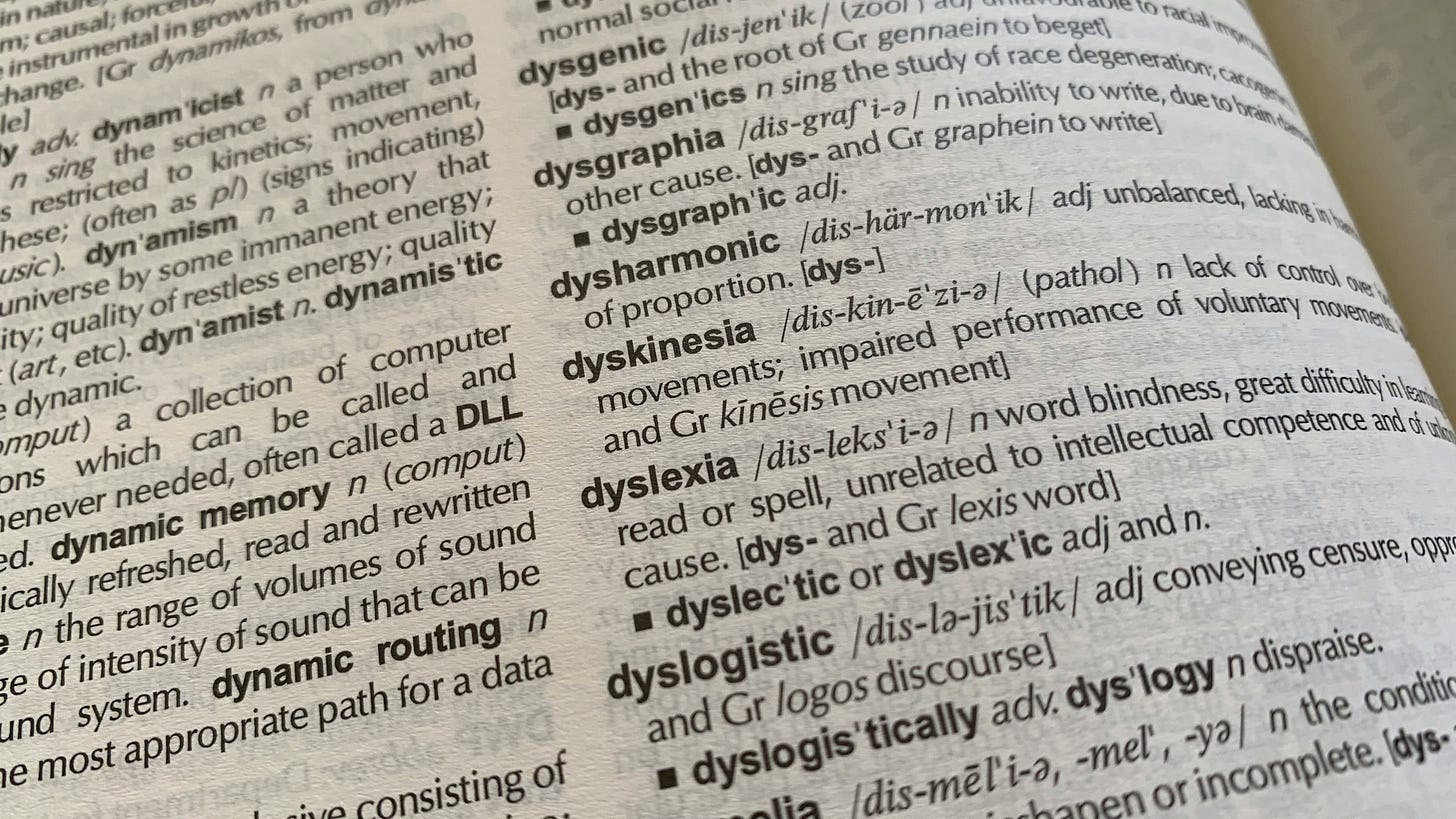“If You Can Read This, Thank My IDE”
Engineering with Dyslexia in a World of Curly Brackets & Spelling Bees
Let’s get one thing straight: I love being an engineer. I also happen to have dyslexia. That means I can spot a pattern from 10 miles away, architect complex systems, and debug a thorny issue like Sherlock with a stack trace—but ask me to spell “concatenate” without squinting at it sideways, and I’m crying in monospace.

This post is for the engineers, especially those who’ve ever felt a little "out of place" in tech because their brain doesn't take the standard route from A to B. Spoiler alert: sometimes taking the scenic route means you notice things no one else does.
What Dyslexia Means for Me (and Maybe You):
Dyslexia isn’t just “mixing up letters.” It can mean slower reading speed, difficulty with spelling, working memory hiccups, and fatigue from language-heavy tasks. But it also often comes with some pretty neat trade-offs:
🔍 Exceptional pattern recognition
🧩 Ability to see the bigger picture
🧠 Creative, outside-the-box thinking
🛠️ High resilience from learning to navigate a system not built with you in mind
In short: we're not broken—just built differently.
The Day-to-Day Engineering Experience:
Now, let’s talk about what it’s like coding with a brain that treats punctuation like landmines.
Challenge #1: Spelling
Variables, function names, documentation... all minefields.
Solution: IDE spell checkers are non-negotiable. Bonus points for adding your own tech dictionary so it doesn’t try to correct “TypeScript” into “Typeset”.
Challenge #2: Punctuation Fatigue
Brackets, braces, colons and commas blur together like a Jackson Pollock painting.
Solution: I colour-code my punctuation. It might sound daft, but when the full stop is neon orange, I don’t miss it. Shout out to custom themes and font ligatures.
Challenge #3: Reading Long Blocks of Code
Reading a long function can feel like reading the IKEA manual backwards.
Solution: I use linters, auto-formatters, and tools like Prettier or ESLint that break up my code visually. It’s like giving your code a haircut—it just feels better.
Challenge #4: Imposter Syndrome
Especially when people associate spelling or grammar with intelligence (spoiler: they’re not the same).
Solution: Embrace the discomfort. Own the superpowers. Talk about it. Normalise it.
Tools I Swear By (That Should Be Standard Anyway):
Spell checker extensions in my IDE (Intelij or Jet Brains in general, you’re my real MVP)
Reformatters like Prettier to give visual clarity
Linters to nudge me when I go rogue
Colour-coded punctuation, customised via theme files
Text-to-speech tools for long documentation or code reviews
Clear function naming conventions, and code comments even future-me can understand
Let’s Talk Culture:
We don’t talk enough about neurodiversity in engineering. Or if we do, it’s often sanitised into “oh, that person’s a little quirky.” Nah. Dyslexic engineers are problem-solvers forged in the fires of red squiggly lines.
We deserve to be in the room, to have tools that meet us where we are, and to lead as much as we code. Diverse minds build better products—especially when they’re not forced to conform to a single way of thinking.
Being dyslexic in tech isn’t a flaw. It’s a feature. And like any good feature, it comes with quirks, patch notes, and the occasional need for a reboot. But it’s made me a better engineer. It’s forced me to build systems, habits, and workflows that make things clearer—for me and for others. And it’s given me an eye for the stuff people often miss.
So if you’re reading this and thinking, “This feels familiar”… welcome. You’re not alone, and you’re more than capable.
Especially with an IDE that auto-corrects.



